Prof. Dr. Stefan Herlitze, Dr. Mareike Huhn, Til Böttner
Ascidians are an extremely diverse, yet often overlooked, class of marine invertebrates. Having a notochord and tail, the free-swimming larvae resembles tiny fishes and displays the close relationship to vertebrates. In the adult stage, ascidians are sessile filter feeders of many different colours and shapes. Their soft body is covered by the tunic, a cellulose-rich mantle serving as exoskeleton. When disturbed, ascidians contract, squirting out a surge of water, which also gives them their common name “sea squirt”.
Many ascidian species are opportunistic feeders, can tolerate a wide range of environmental conditions and settle on natural and artificial substrates. This has made several species successful invaders to their non-indigenous range, where they get transported to fouling on ship hulls or as epibionts on aquaculture organisms.
I am interested in the tolerance to environmental stress in ascidians as reason for their competitiveness in invaded habitats or in native habitats suffering from disturbance. Factors of disturbance that are investigated are rising sea temperatures, sedimentation and intensive diving activities. Furthermore, I am looking into identifying which species and which measurable physiological parameters are suitable bioindicators for ecosystem disturbance by climate change and anthropogenic impacts. In the frame of Prof. S. Herlitze’s biofluorescence project, I am working on identifying potential fluorescent protein-like genes in ascidians.
International collaborations:
Opportunities for students:
⇒ Please contact me for more information
In order for the egg and sperm cells of corals from different colonies to intermingle, the individuals of one species must spawn at the same time. But how do they manage to synchronise it?
Mareike Huhn during one of her dives.
With the help of a magnifying glass, she tries to identify the coral species more closely.
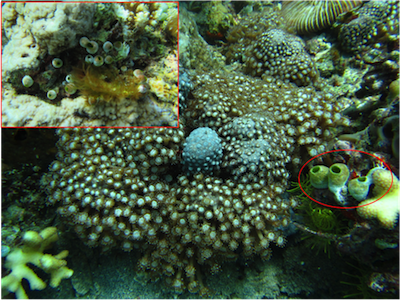
Didemnum molle
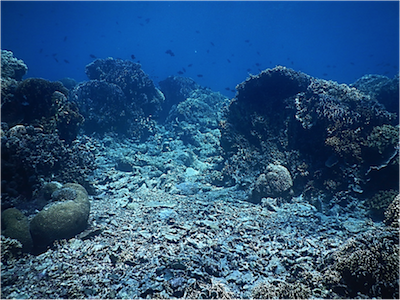
Damage caused by anchors or dynamite fishing can be the trigger for spreading of non-native fouling organisms, such as Didemnum molle
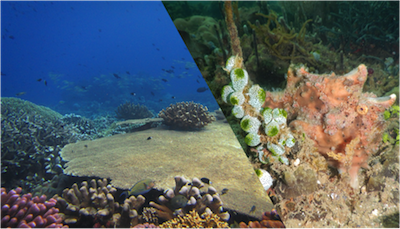
The high biodiversity in Indo-Pacific coral reef habitats challenges the identification of causes and consequences of climate change and anthropogenic pressure on the ecosystems. During yearly dive excursions, students can get a first impression of the incredible diversity found in these habitats.
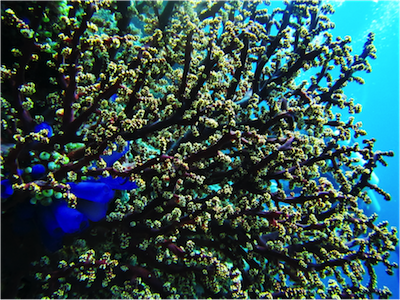
This blue Clavelina sp. belongs to the only ascidian genus known to be bioluminescent, so far.
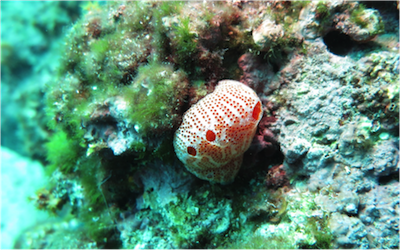
Aplidium elegans, a colonial ascidian found in the Mediterranean Sea. Halocynthia papillosa, a common solitary ascidian in the Mediterranean Sea and bioindicator for negative impacts of scuba diving.